The integration of artificial intelligence (AI) and business intelligence (BI) has transformed the landscape of business analytics, providing unprecedented capabilities for data analysis and decision-making.
As organizations strive to enhance their business performance, the adoption of AI tools and analytics solutions has become essential.
This article delves into the profound impact of AI on business analysis, exploring how it revolutionizes data processing, enhances analytical capabilities, and ultimately drives business growth in a fast-paced environment.

How is AI Transforming Business Intelligence?
AI is fundamentally transforming Business Intelligence (BI) by introducing advanced tools that streamline data analysis and empower smarter decision-making.
Traditional BI methods often struggle with handling complex datasets, which can slow down insights.
By contrast, AI-powered BI tools rapidly process large volumes of structured and unstructured data, uncovering insights that may otherwise go unnoticed.
With AI, businesses can leverage predictive analytics within their BI platforms to make data-driven decisions in real-time, improving both operational efficiency and strategic direction.
AI-enabled BI systems can automate routine data processing tasks, ensuring high accuracy and minimizing human error. This automation frees up analysts to focus on higher-level strategy, using reliable, up-to-date data for insights that guide growth and innovation.
As organizations embrace AI-driven BI, they gain the agility to adapt quickly to market shifts, making BI not only a tool for understanding the past but a proactive driver of future success.
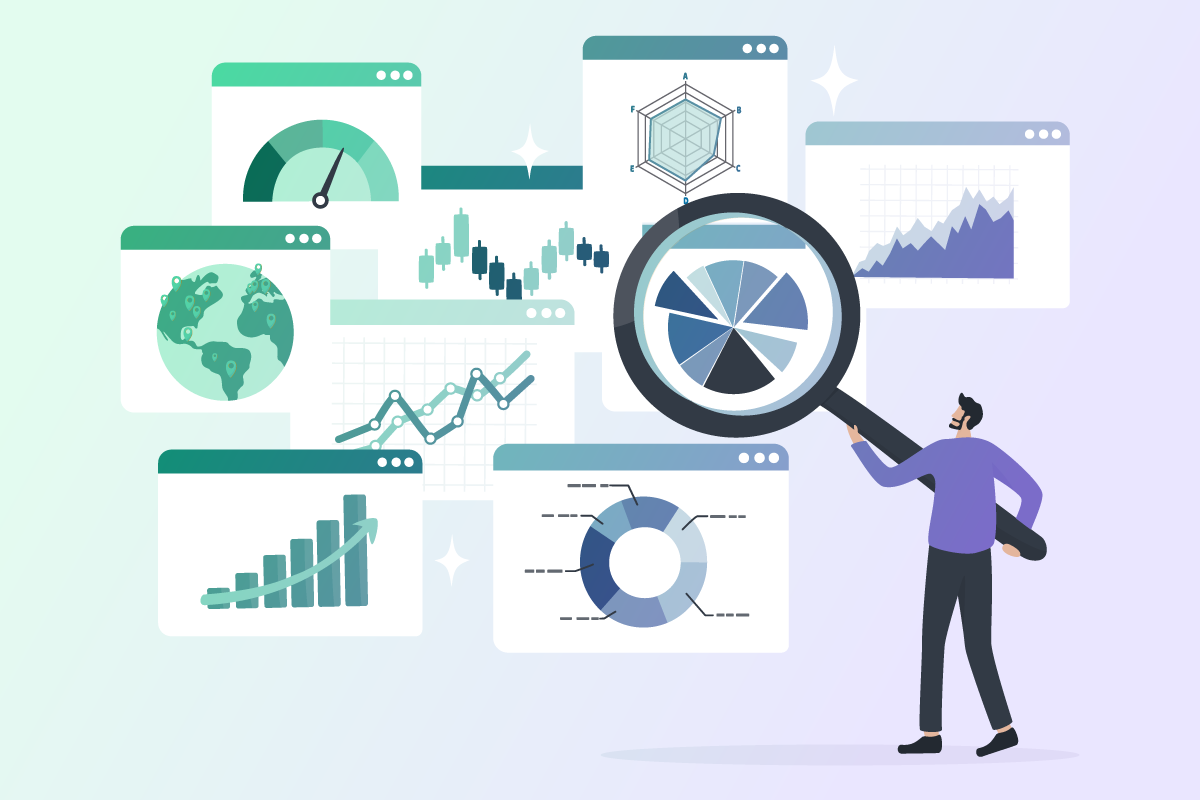
How Does AI Improve the Processing of Large Volumes of Data?
AI dramatically enhances the processing of large volumes of data by automating time-consuming tasks, uncovering patterns, and identifying trends that would be difficult for humans to detect.
Traditional business intelligence tools rely on structured data, requiring businesses to categorize and analyze data manually.
With AI, organizations can process both structured and unstructured data, creating a unified picture of their operations and performance across varied sources.
Through techniques like natural language processing (NLP) and machine learning algorithms, AI enables real-time analysis of data, providing insights faster and with greater precision.
This improved processing not only accelerates decision-making but also allows for a more dynamic response to market trends and internal changes, ensuring companies stay agile and competitive.
What Role Does Machine Learning Play in Business Intelligence?
Machine learning (ML) significantly enhances BI by improving capabilities in predictive analytics, customer segmentation, and trend forecasting.
Within BI platforms, ML models can analyze vast datasets to identify patterns and correlations, enabling data-driven decisions directly accessible to business users.
For example, predictive models can forecast future trends, while customer segmentation powered by ML allows for more personalized strategies.
By continually refining its accuracy as more data is available, ML transforms BI from a reactive reporting tool into a proactive driver of strategic insights and agile business decisions.
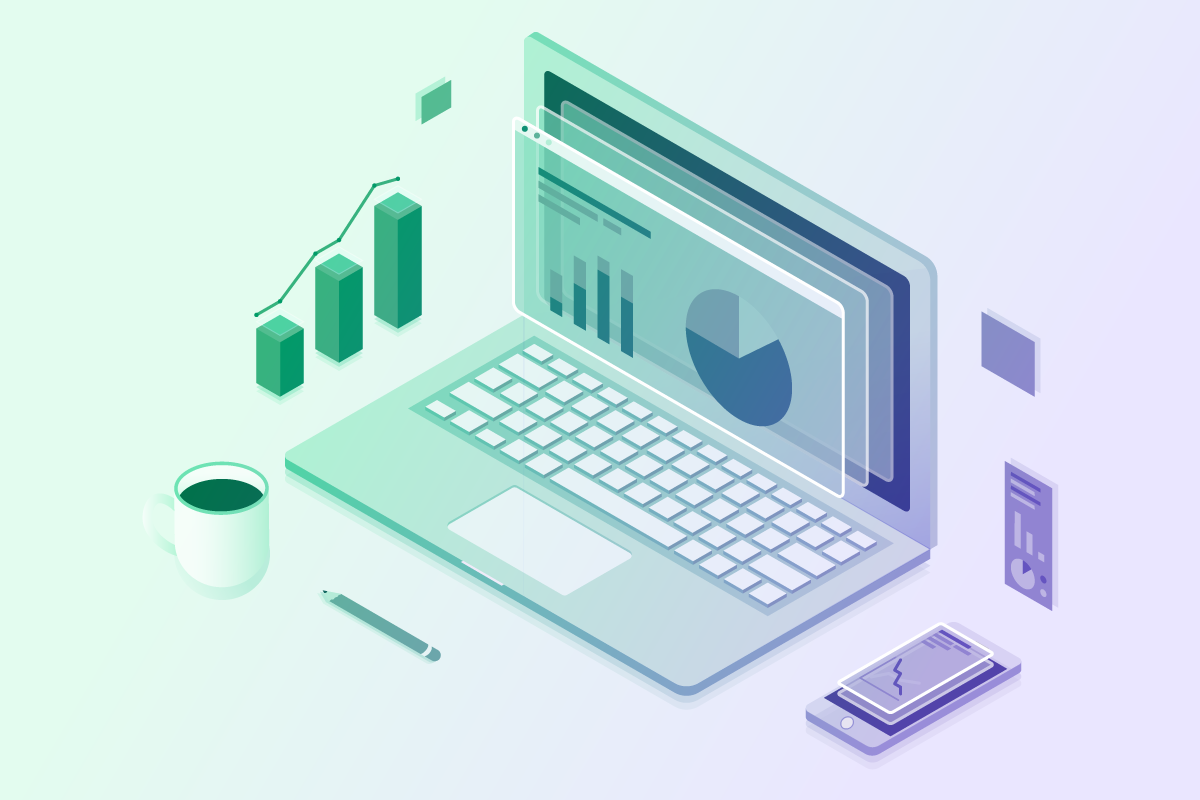
What Role Does AI Play in Business Analysis?
AI plays a crucial role in business analysis by providing advanced capabilities that replace traditional methods.
Many conventional analysis techniques are labor-intensive and require significant time investment, often leading to delayed insights.
With the introduction of AI, businesses can leverage automation to streamline their analysis processes, allowing for real-time data processing and quicker decision-making.
This shift not only enhances efficiency but also enables organizations to respond to market demands with agility, ensuring they remain competitive in a rapidly changing environment.
In addition, AI tools facilitate deeper insights into business operations, offering predictive capabilities that were previously unattainable.
For example, AI can analyze historical data to identify trends and forecast future outcomes, helping businesses make informed decisions about resource allocation and strategic investments.
This predictive analysis empowers analysts to provide more accurate recommendations, ultimately driving business success and efficiency.
How Does AI Enhance the Data Analysis Process?
AI enhances the data analysis process by enabling faster data processing and more accurate insights. Traditional data analysis often involves manual data manipulation, which is time-consuming and prone to errors.
AI algorithms, however, can automate these processes, allowing analysts to focus on interpreting the results rather than getting lost in data preparation.
This shift not only speeds up the analysis but also increases the reliability of the outcomes, as AI tools can detect anomalies and inconsistencies that human analysts might overlook.
AI's ability to process large volumes of data in real-time means that businesses can respond to market changes more swiftly.
For example, AI can continuously analyze sales data and customer interactions to provide insights on emerging trends, enabling businesses to adapt their strategies proactively.
This agility is crucial in today's fast-paced business environment, where responsiveness can significantly impact a company's competitive position.

What is the Impact of AI on Business Performance?
The impact of AI on business performance is profound, as it not only improves operational efficiency but also boosts overall profitability.
By optimizing business intelligence and analytics through AI tools, organizations can make data-driven decisions that enhance their service offerings and customer satisfaction.
For instance, companies that utilize AI for customer segmentation can tailor their marketing strategies, resulting in higher conversion rates and improved customer loyalty.
This targeted approach is a game-changer, allowing businesses to allocate resources more effectively and achieve better financial results.
The integration of AI in business processes fosters innovation and facilitates the development of new products and services.
How Can Businesses Utilize Predictive Analytics Powered by AI?
Businesses can leverage predictive analytics powered by AI to anticipate future trends, optimize resource allocation, and improve decision-making.
Predictive models use historical and real-time data to forecast potential outcomes, helping companies plan more effectively.
For example, in ticketing, predictive analytics allows organizations to forecast demand for specific events, optimize ticket pricing, and allocate resources effectively, ensuring better attendance and enhanced customer satisfaction.
By analyzing historical and real-time data, ticketing companies can identify trends in customer preferences, enabling proactive engagement and targeted marketing for upcoming events.
In the finance industry, it can assess risk and predict market fluctuations, guiding investment strategies.
Predictive analytics is also valuable in expense management by identifying spending patterns, forecasting budget needs, and highlighting areas where cost savings can be achieved.
This proactive approach enables businesses to optimize their expenses, improve cash flow management, and make data-driven financial decisions.

What Strategies Can Businesses Adopt to Integrate AI in Their Analysis?
To integrate AI effectively into business intelligence and analytics, organizations can follow these strategies:
- Invest in AI Tools and Analytics Software: Select AI-driven analytics tools that align with specific business needs and complement existing processes. The right tools will enhance data analysis capabilities and streamline operations.
- Provide Training for Business Analysts: Equip analysts with the necessary skills to utilize AI technologies effectively. Comprehensive training ensures that analysts can maximize the capabilities of AI tools.
- Foster a Data-Driven Culture: Encourage teams to make decisions based on AI-generated insights, promoting a mindset that values data-informed strategies across the organization.
- Set Clear Goals for AI Implementation: Establish specific objectives for integrating AI within the business strategy. Clear goals ensure that AI efforts are aligned with broader organizational priorities and maximize ROI.
- Integrate AI into the Overall Business Strategy: Rather than treating AI as an isolated tool, weave it into the organization’s strategic initiatives to drive growth, efficiency, and innovation.
What Are the Key AI Tools Used in Business Intelligence?
Several AI tools are crucial in enhancing Business Intelligence, each contributing to more informed decision-making and strategic planning:
- Machine Learning (ML): ML algorithms drive predictive analytics, enabling BI platforms to anticipate trends, optimize resource allocation, and segment customers based on data patterns.
- Natural Language Processing (NLP): NLP makes BI more accessible by allowing users to interact with data through conversational queries, extracting insights from unstructured data sources like social media or customer feedback.
- Data Visualization: Advanced visualization tools powered by AI help simplify complex datasets, allowing business users to see patterns, spot anomalies, and quickly grasp insights that aid in decision-making.
- Automated Reporting: AI-enabled BI tools streamline reporting, generating real-time, automated reports that reduce manual effort and deliver insights directly to decision-makers, ensuring timely and actionable data access.
These AI tools enhance the BI process, making it more dynamic, accessible, and strategic, ultimately supporting better decision-making across the organization.
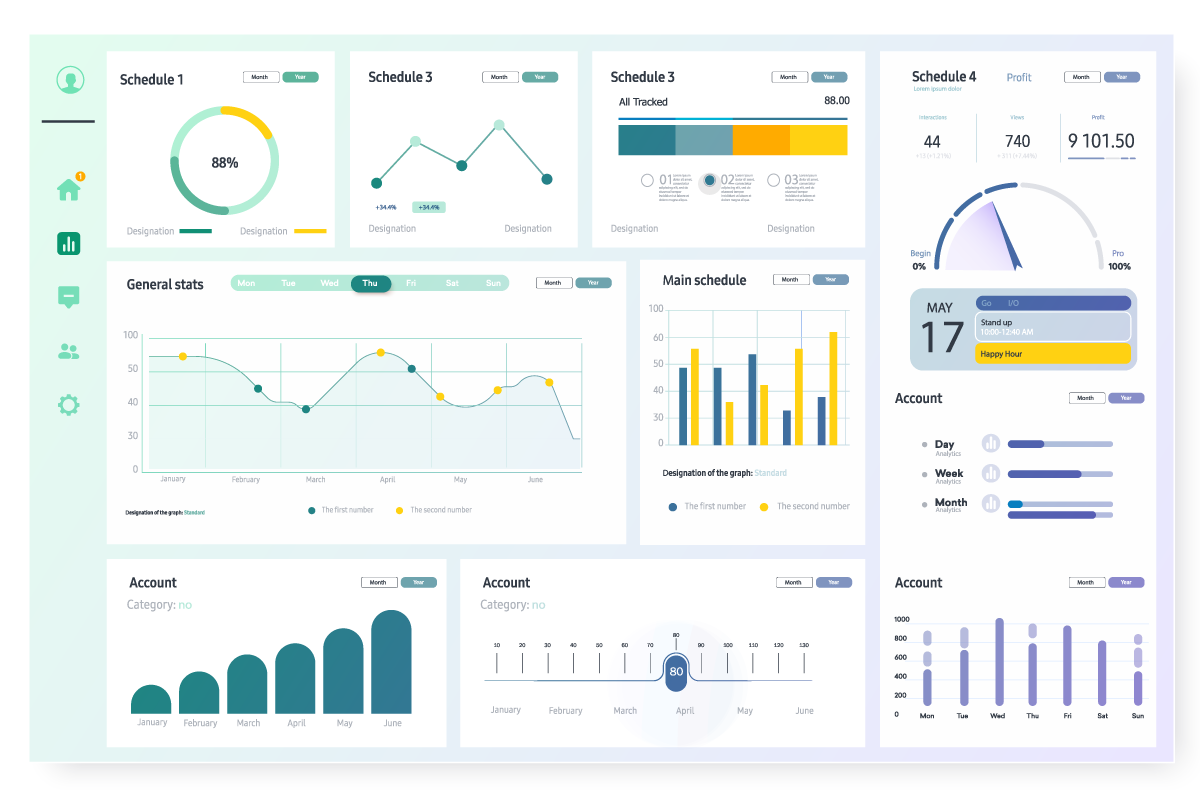
The Best BI Analytics Tools
Choosing the right BI analytics tools can make a significant difference in how effectively you leverage AI and data analytics. Some of the top tools on the market include:
- Tableau: Known for its powerful data visualization capabilities, Tableau enables users to explore and share insights from vast datasets with minimal technical expertise. Its integration with AI features like Ask Data and Explain Data helps businesses extract insights with ease.
- Power BI: Microsoft Power BI offers a user-friendly interface with AI-driven features like Q&A, which allows users to interact with data through natural language. Power BI is highly scalable, making it suitable for businesses of all sizes looking to incorporate AI into their analytics.
- Qlik Sense: Qlik Sense combines AI and machine learning to deliver predictive analytics and self-service BI. Its associative engine and AI capabilities allow users to explore data across multiple sources for more robust, context-aware insights.
- SAP Analytics Cloud: This tool integrates with SAP’s broader ecosystem and provides built-in AI and machine learning functionalities for predictive analytics, scenario planning, and data visualization, making it a powerful choice for enterprises invested in the SAP environment.
- Domo: Domo offers end-to-end BI solutions with a strong focus on data integration, AI, and machine learning. Its user-friendly dashboards and AI-powered predictive analytics help businesses make real-time decisions.
- Elasticsearch: Known for its powerful search and analytics capabilities, Elasticsearch is an open-source tool that can quickly search, analyze, and visualize large datasets. Its machine learning integration enables anomaly detection, trend analysis, and predictive insights, making it ideal for businesses that rely on fast, scalable data analysis.
Each of these tools has unique strengths, so selecting the right one depends on your business size, data needs, and AI capabilities.
By choosing a tool that aligns with your objectives, you can transform your BI strategy and harness the full potential of AI in business analytics.
Softjourn can help you navigate this selection process and implement the right BI tools to ensure a seamless integration tailored to your needs, enabling you to extract actionable insights and drive growth.
How Can Business Leaders Benefit from Using AI in BI Tools?
Business leaders can leverage AI-powered BI tools to make faster, more informed decisions by automating complex data processes and gaining insights tailored to strategic goals.
AI within BI platforms supports leaders in critical areas like forecasting, resource allocation, and performance monitoring.
By accessing real-time, predictive insights, leaders can focus on interpreting trends and making proactive adjustments, rather than navigating raw data.
This AI-driven decision-making approach enables leaders to stay agile, anticipate market shifts, and optimize resources effectively, ensuring that BI insights align closely with long-term objectives.
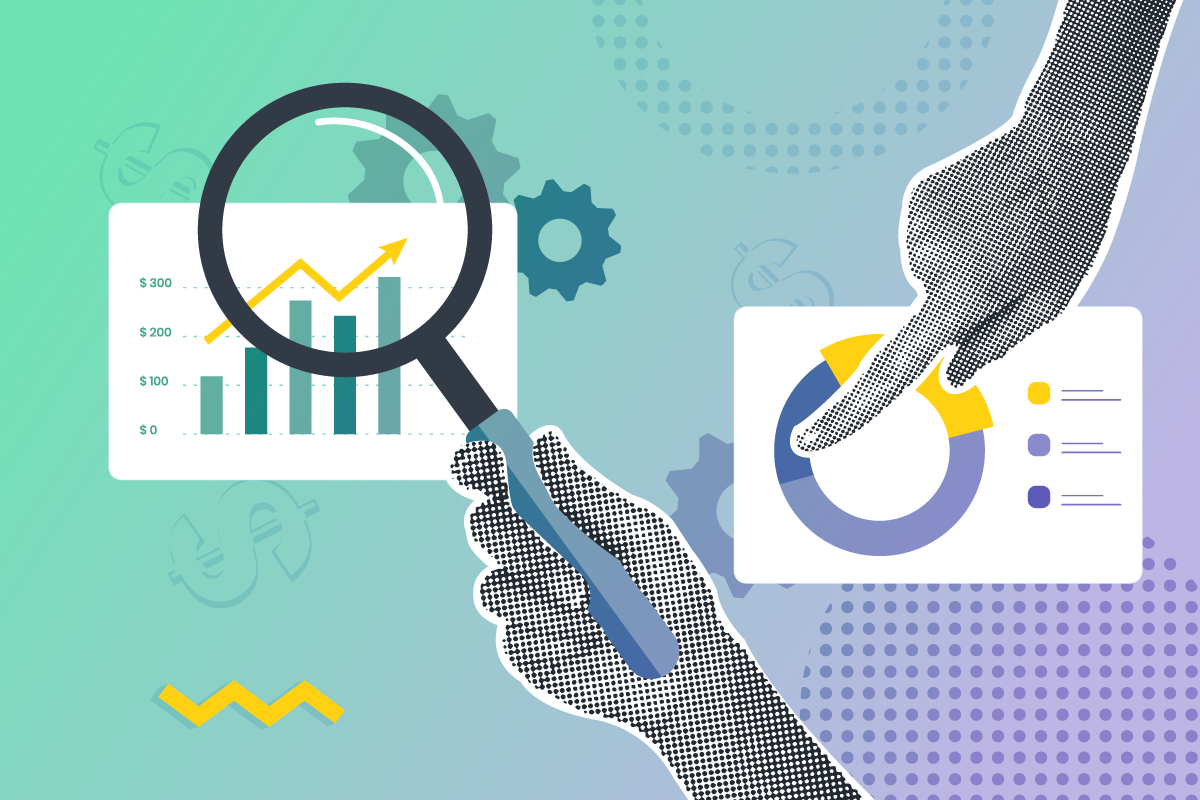
What Challenges Do Businesses Face with AI Adoption?
When adopting AI, businesses often encounter several challenges:
- Lack of Understanding and Expertise: Many employees lack familiarity with AI technologies, creating a gap in the skills needed to implement and manage AI systems effectively. Finding qualified professionals can be difficult, slowing down AI adoption.
- Resistance to Change: Employees may fear job displacement or feel overwhelmed by new technologies, which can lead to resistance. This resistance can hinder the smooth integration of AI into daily operations.
- Data Privacy and Security Concerns: AI systems often require vast amounts of data, raising concerns about data privacy and regulatory compliance. Failing to address these concerns can lead to legal issues and reputational damage.
- Technological Limitations: Some businesses may lack the infrastructure needed to support advanced AI tools, leading to challenges in implementation and scalability. There may be times it’s worth modernizing legacy systems in order to implement AI.
- Data Quality Issues: Poor-quality data can compromise AI algorithms, resulting in unreliable insights. Organizations must focus on data cleansing and management to ensure AI systems produce meaningful results.
- Organizational Resistance and Misunderstanding of AI Benefits: Without clear understanding, employees may view AI as a threat to their roles or workflows. Businesses should emphasize AI’s role in enhancing, not replacing, human work.
How Can Businesses Overcome Resistance to AI in Business Processes?
To overcome resistance to AI in business processes, organizations must prioritize education and communication.
Providing employees with comprehensive training on AI tools and their benefits can alleviate fears and misconceptions regarding job displacement.
By demonstrating how AI can enhance their work rather than replace it, businesses can foster a more positive perception of AI technologies within the workforce. Engaging employees in the AI adoption process by soliciting their input and feedback can also promote a sense of ownership and collaboration.
Additionally, showcasing successful case studies of AI implementation within the organization or industry can help illustrate the value of AI in driving business success. Through highlighting the tangible benefits of AI, such as improved efficiency and enhanced decision-making, organizations can build support for AI initiatives.
What are the Risks Associated With Relying Too Heavily on AI?
Relying too heavily on AI can present several risks for businesses, including over-reliance on technology and the potential loss of human insight.
While AI tools can provide valuable insights and streamline processes, they are not infallible.
Organizations that depend solely on AI for decision-making may overlook critical nuances and context that human analysts can provide. This over-reliance on AI can lead to misguided strategies and poor business outcomes.
The rapid pace of AI development raises concerns about data security and ethical implications. As businesses collect and analyze large volumes of data, they must ensure that they are using AI responsibly and in compliance with regulations.
Failure to address these risks can result in reputational damage and legal challenges.
To mitigate these risks, organizations should adopt a balanced approach that combines AI capabilities with human expertise, leveraging the strengths of both to drive informed decision-making and sustainable growth.

How Can Business Analysts Adapt to AI Technologies?
Business analysts adapt to AI by expanding their skill sets and embracing a mindset open to change. This includes learning new AI tools, refining data science knowledge, and staying agile in a tech-driven environment.
Embracing continuous learning positions analysts as key players in leveraging AI for sharper, faster insights and adds strategic value to their organizations.
In What Ways can AI Replace Traditional Business Analysis Methods?
AI can replace traditional business analysis methods by providing automated solutions that enhance the accuracy and speed of data analysis.
Traditional methods often rely on manual data entry and processing, which can be time-consuming and error-prone. With AI, businesses can automate these processes, allowing for real-time data analysis and more reliable insights.
For example, AI algorithms can quickly process large volumes of complex data, identifying patterns and trends that would take human analysts much longer to uncover.
AI tools can continuously learn from new data inputs, adapting their analytical models to provide more precise results over time. This ability to learn and evolve means that businesses can rely on AI for ongoing analysis without the need for constant manual intervention.
As a result, organizations can shift their focus from routine data handling to strategic analysis, ultimately enhancing their decision-making capabilities and driving business growth.
What Skills Do Analysts Need to Thrive in an AI-Driven Environment?
To succeed in an AI-driven landscape, analysts need the following skills:
- Data Analysis Proficiency: Understanding data structures, statistics, and analytical methods is foundational.
- Familiarity with AI Tools: Knowledge of AI software and machine learning algorithms to leverage predictive and prescriptive analytics.
- Data Visualization: Ability to interpret and present complex data clearly to various stakeholders.
- Machine Learning Basics: Understanding machine learning concepts to enhance predictive capabilities and spot data trends.
- Strong Communication Skills: Translating complex data insights into actionable, business-friendly strategies.
- Collaboration Abilities: Working effectively with cross-functional teams to implement data-driven strategies aligned with business goals.
How Can Analysts Leverage AI to Enhance Their Analysis Capabilities?
AI tools allow analysts to automate routine tasks, freeing up time for interpreting results and delivering actionable insights. AI algorithms identify trends and patterns quickly, empowering analysts to make timely decisions.
With predictive analytics, analysts can also forecast trends and customer behaviors, enabling them to provide strategic, forward-thinking recommendations that drive organizational success.
Curious how AI could elevate your data insights? Softjourn’s business analysts blend AI expertise with advanced analytics to help you uncover trends, optimize processes, and make strategic, data-driven decisions for lasting impact.

What is the Future of AI in Business Intelligence?
The future of AI in BI is set to bring greater precision, personalization, and interactivity.
With advancements in real-time analytics, BI platforms will empower businesses to access insights immediately, making BI a true driver of agile decision-making.
Natural language BI queries will make data accessible to non-technical users, allowing them to interact with data conversationally and gain insights without requiring technical skills.
AI advancements in augmented reality (AR) and virtual reality (VR) could lead to immersive BI visualizations, enabling users to explore data in new, interactive ways.
This evolution will position BI not only as an analytical tool but as an intuitive, proactive driver of strategic growth in the digital era.

What are the Future Trends of AI in Business?
The future of AI in business analytics is poised for remarkable growth and transformation. As organizations increasingly adopt AI technologies, we are likely to see a shift toward more sophisticated AI tools that provide deeper insights and predictive capabilities.
For example, generative AI is emerging as a powerful tool that can create new data based on existing data sets, enabling businesses to simulate various scenarios and outcomes.
This capability will enhance strategic planning and decision-making processes, allowing organizations to navigate uncertainties with greater confidence.
Additionally, the convergence of AI with other technologies, such as the Internet of Things (IoT) and blockchain, will further expand the scope of business analytics.
This integration will enable businesses to analyze real-time data from various sources, leading to more comprehensive insights and a better understanding of customer behaviors.
As AI continues to evolve, its application in business intelligence and analytics will become increasingly sophisticated, driving innovation and competitive advantage in the marketplace.
How Will AI Shape the Future of Business Intelligence and Analytics?
AI is set to shape the future of business intelligence and analytics by introducing unprecedented capabilities that will redefine how organizations approach data analysis.
As businesses increasingly rely on AI tools, we can expect to see a shift towards more automated and intelligent analytics processes.
These advancements will enable organizations to analyze data in real-time, providing insights that are not only timely but also highly accurate.
This capability is crucial in today's fast-paced business environment, where the ability to make informed decisions quickly can significantly impact success.
AI will also enhance the accessibility of analytics tools, allowing non-technical users to leverage data insights without the need for extensive training.
As user-friendly AI-powered analytics platforms become more prevalent, a broader range of employees can engage with data and contribute to data-driven decision-making.
This democratization of analytics will empower organizations to harness the collective intelligence of their workforce, fostering a culture of innovation and continuous improvement.
How is AI Expected to Drive Business Growth in the Coming Years?
AI is expected to drive significant business growth in the coming years by enabling organizations to optimize their operations and enhance customer engagement.
As businesses increasingly adopt AI-driven analytics tools, they will be able to identify trends, forecast customer behaviors, and tailor their offerings to meet market demands more effectively.
This ability to leverage data insights will not only improve operational efficiency but also lead to enhanced customer satisfaction and loyalty, ultimately contributing to revenue growth.
It’s likely AI technologies will facilitate the development of new products and services that cater to evolving customer needs. By analyzing vast amounts of data, businesses can uncover opportunities for innovation and create solutions that resonate with their target audience.
This proactive approach to product development will position organizations favorably in competitive markets, driving sustained growth and ensuring long-term success.

How to Implement Artificial Intelligence in your BI Strategy
Implementing AI into your business intelligence (BI) strategy involves careful planning, selecting the right tools, and fostering a culture that embraces data-driven insights. Here are the steps we encourage you to take to implement AI in your business intelligence strategy:
- Identify Key Business Goals: Define specific areas where AI can add value, such as improving customer insights, boosting efficiency, or exploring new market opportunities.
- Evaluate Data Infrastructure: Ensure your data infrastructure is equipped to support AI. Clean, integrated, high-quality data is essential for effective AI systems.
- Choose the Right AI Tools: Partner with AI experts or select AI-powered BI tools that align with your business objectives and existing processes.
- Provide Training and Support: Equip your team with the skills needed to leverage AI tools effectively. Collaboration across departments enhances user adoption and success.
- Establish Continuous Monitoring: Set up ongoing feedback loops to refine AI models over time, keeping them aligned with evolving data trends and business needs.
By following these steps, businesses can integrate AI into their BI strategies effectively, unlocking deeper insights and enabling faster, more agile decision-making.
Ready to unlock the full potential of your data? Softjourn’s Business Intelligence Consulting services can help you harness AI and BI to drive actionable insights and fuel growth. Reach out today to start transforming your data into a strategic asset!
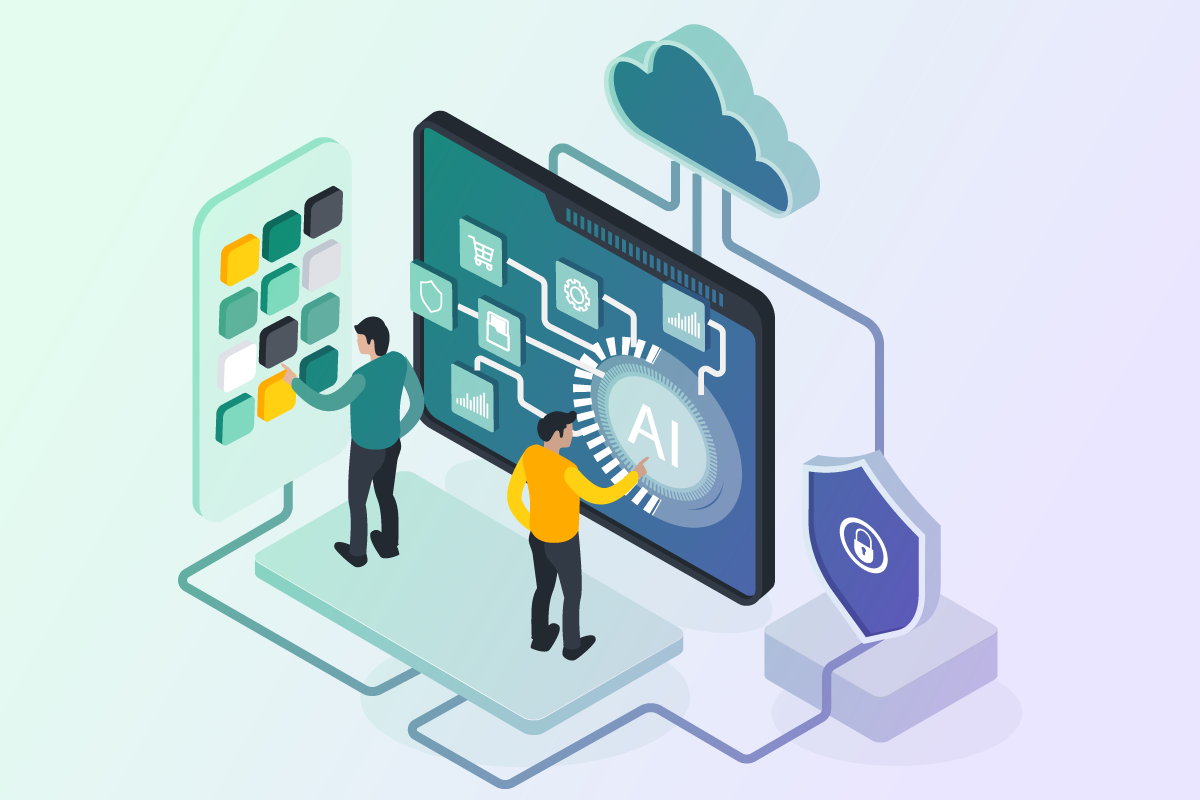
Final Word
AI and BI are transforming business analysis, offering unprecedented opportunities to leverage data for better decision-making and strategic growth.
From streamlining data processing to enabling predictive insights, these technologies allow businesses to respond faster and more effectively to changes in their industry.
By integrating AI into business intelligence, organizations can not only optimize their analytics but also set the stage for continuous innovation and competitive advantage.
If you're ready to harness the power of AI in your business intelligence strategy, Softjourn can guide you through the journey. Let's work together to turn your data into a strategic asset that drives sustainable growth.













